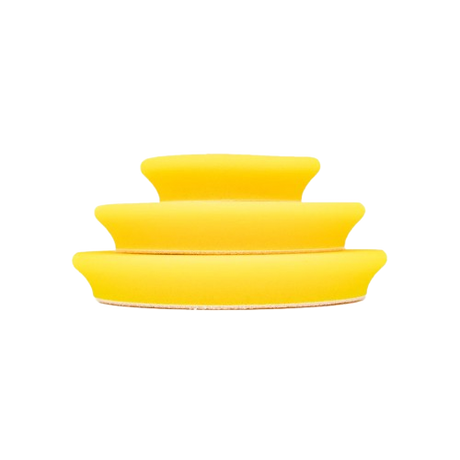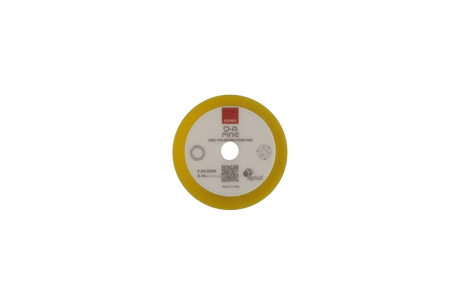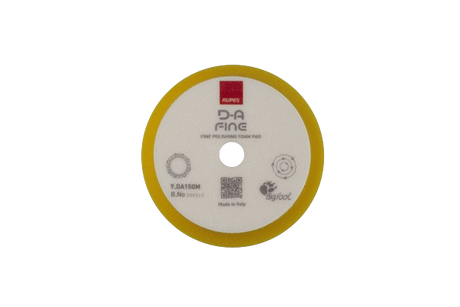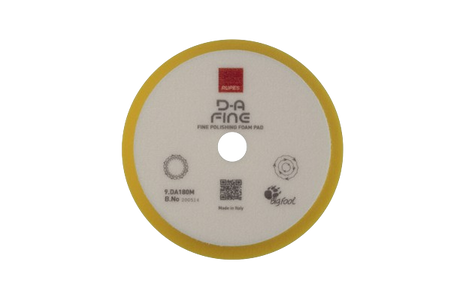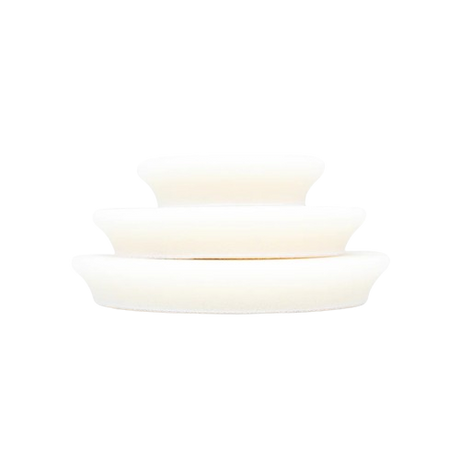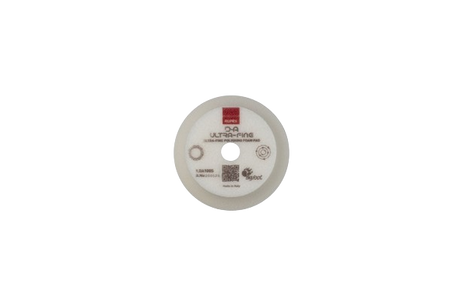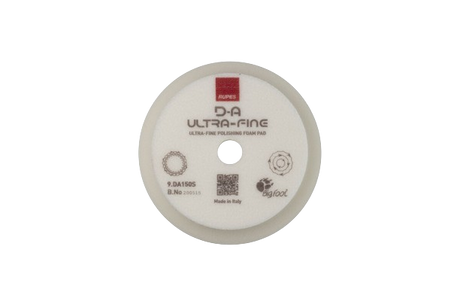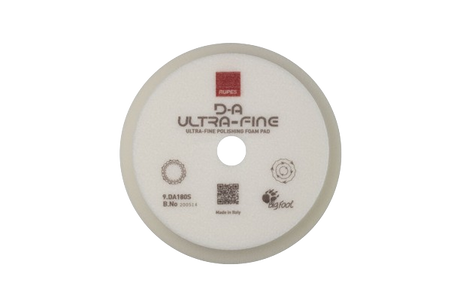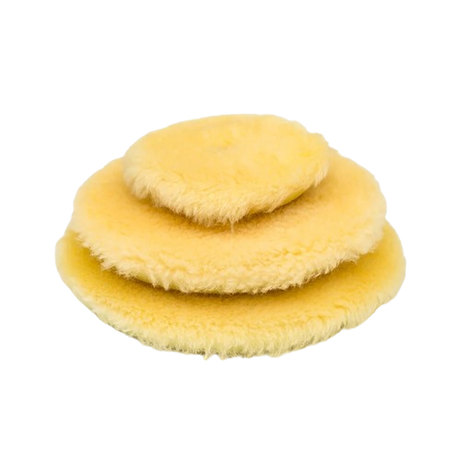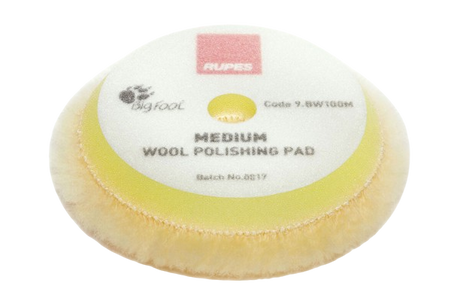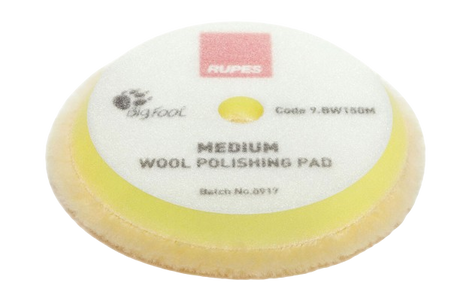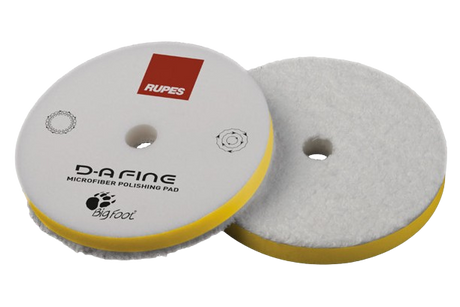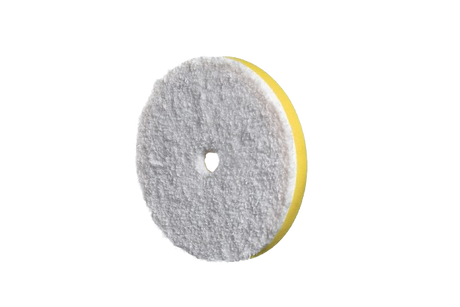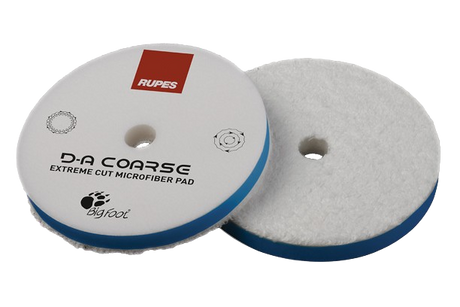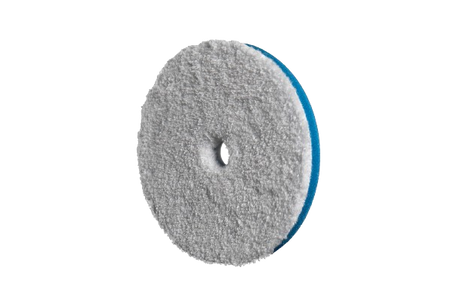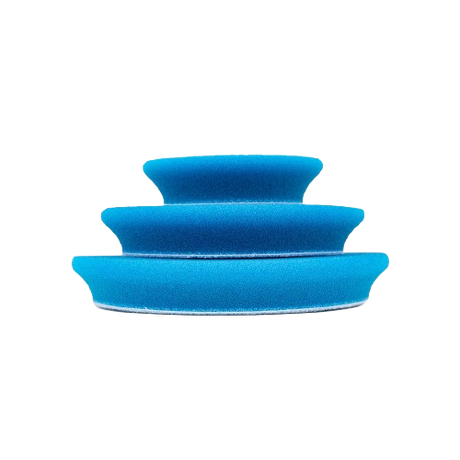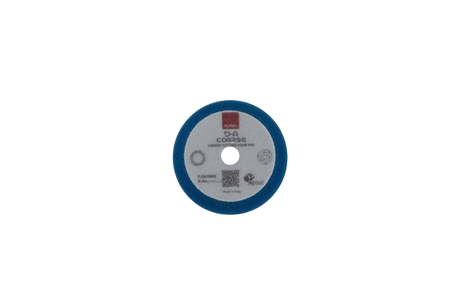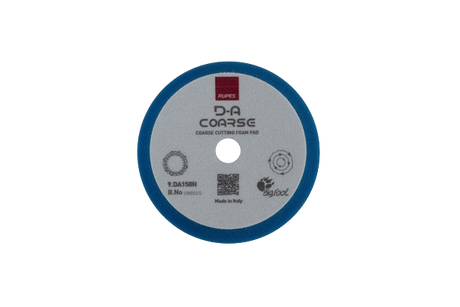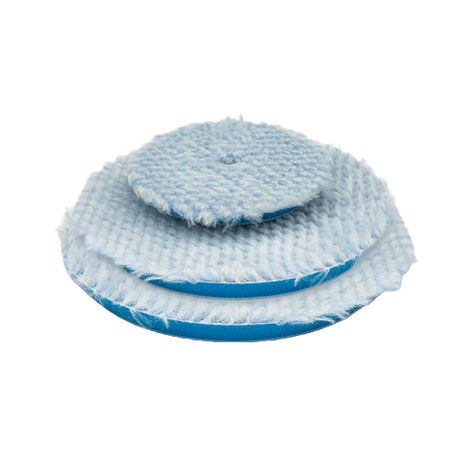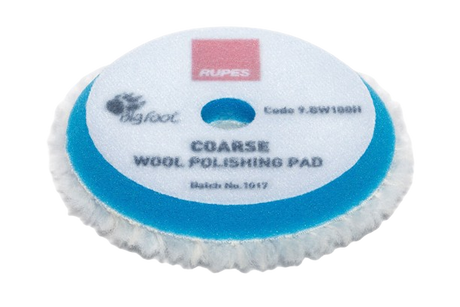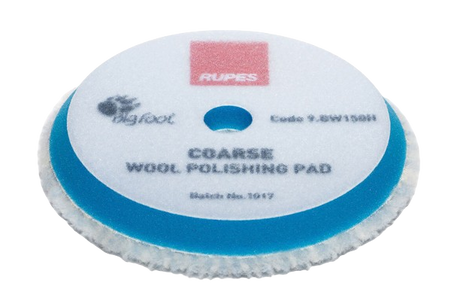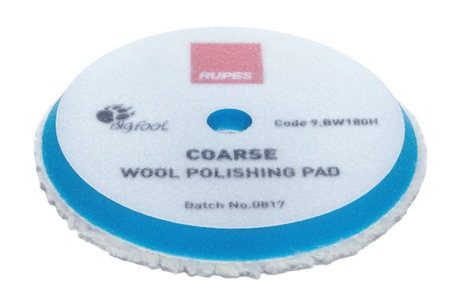Polishing pads
It cannot be described how important it is to have good polishing pads. Both the quality and how fine or coarse it is have a really big impact on how good the result you are going for will be.
There are 3 categories within polishing pads
They each have their own advantages, foam gives a really good finish and can in many cases be used as a ''one-step'' polishing pad. They are also available in coarser varieties and depending on what is needed, they also work really well for that. However, the coarser foam pads are harder and not as flexible.
Wool polishing pads are based on wool, and allow you to remove car scratches quickly, and give a really good finish, while ensuring that the paint remains cool. Wool is also available in coarser varieties such as DA Coarse Wool from Rupes , and although it removes car scratches effectively, it leaves the paint with a little more ''haze'', i.e. a milky white film, which requires subsequent polishing.
Microfiber polishing pads have the advantage that they are really good at removing a lot of car scratches incredibly quickly, on the other hand the paint gets a little warmer than if Wool is used. With a little care it is definitely a great combination as it gives a better finish, even with the coarse variant, compared to Wool.
Microfiber is also available in a fine variety, which can definitely give you a really good finish, it is purely a matter of preference whether you prefer one of the 3 things.
Keep the polishing pads clean
It is very important that your polishing pads are always clean. When polishing, both worn/old polish gets into the pad, along with the light layer of the car's clear coat. Even though this clear coat is not visible, it is still in the pad.
If you have ever tried or seen a red car being polished, you have seen that the pad turns completely red. This is because many red cars, especially older cars, do not have clearcoat. This is a very obvious sign of how dirty your polishing pad gets.
By keeping your polishing pad clean, you also ensure that it works at its best and doesn't stress itself out. If it's filled with old polish and clear coat, it will struggle to give you the results you're trying to achieve, and the pad will also get hotter.
How do I clean them?
There are slightly different methods where you can use a brush to clean them, this works quite well, however it must be said that they are only cleaned on the surface and not in depth.
The easiest and fastest way is without a doubt, with compressed air. It must be said, however, that with foam polishing pads, you can risk that the foam will become looser and ''break''. It must be said, it is just the small fine joints between the foam, as long as you just angle the air gun and let the polisher run at the same time, in my experience it is not something you need to worry about.
With Microfiber and Wool, it is undoubtedly the preferred method and does not damage them.
I don't have compressed air, what do I do?
There are two options, and one is with a so-called Pad Washer. It can be a Lake Country Pad Washer 4000, or a Grit Guard Pad washer. Both are incredibly good, and each has its own advantages.
The Lake Country Pad Washer contains two chambers where the dirty water is not reused to wash your pads, and the surface you run the polishing pad over is also very gentle. However, it is a more expensive investment compared to a Grit Guard Pad Washer.
The Grit Guard Pad Washer is simpler, as it was released a few years ago, and is essentially just a Grit Guard with a pump system that wets your pads. Once you've run over the surface, simply lift your polisher up and let it run freely for a few seconds.
In my experience, both are good to use, however, it must be said that it may require a few more polishing pads if you use the soft ones, as they can become too soft without washing.
The completely manual method is to spray some form of APC or Citrus based cleaner on the pad, scrub it and rinse them under the tap.







